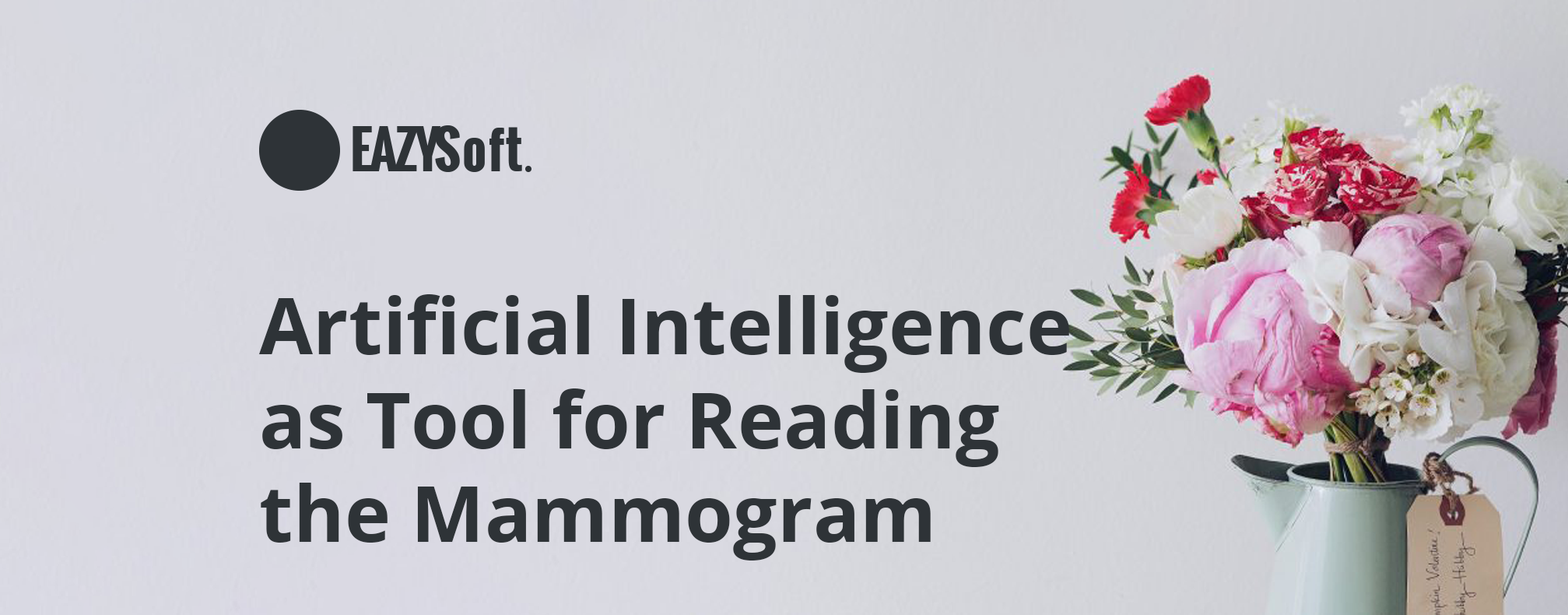
Artificial Intelligence as Tool for Reading the Mammogram
The way we use mammograms is seriously flawed but AI could change that. Doctors could soon spend less time looking at mammograms, thanks to artificial intelligence.
About 20% of mammograms result in a false-negative, meaning the doctor or technician doesn’t find cancer that was, in fact, there. Artificial intelligence is a ubiquitous term in health tech that has gained both promise and suspicion. In radiology, AI is being investigated as a solution to enable radiologists to more efficiently and effectively improve cancer detection. In the US alone, tens of millions of mammograms are performed each year. Analyzing these images takes up a lot of doctors’ time. Thanks to deep-learning methods like those more commonly used to spot everyday objects in photographs, a new system identified cancer’s precise location more than 90 percent of the time in tests.
A number of tech companies are now using AI to try to improve the way breast cancer screenings are read. The French startup Therapixel, part of Nvidia’s Inception accelerator program, says its tech can cut down false-positive rates by 5% compared with current state-of-the-art diagnostic tools. An AI program developed at the Houston Methodist Research Institute in Texas recently proved 99% accurate in identifying signs of breast cancer risk by reading mammograms—and could read those images 30 times faster than humans. And in 2017, an annual nine-month-long competition—the Digital Mammography Challenge—attracted over 1,200 participants, illustrating how many AI companies are interested in tackling the challenge of improving breast cancer screening.
Breast cancer screening is performed on the scale of a hundred million exams a year. I think in the next few decades AI is going to assist radiologists, and progressively take over the easier tasks, which are monotonous and tiring for humans. Doctors will be able to concentrate their power of the hardest and most complicated cases, which are more suitable for a human mind, and less suitable for a machine. AI will also relieve the pressure on doctors caused by a lack of specialized radiologists.
But keep in mind that, in the end, the detected cancers have to be validated with a biopsy, and surgeries are often performed. I think these tasks will be performed by human doctors for a long time. The potential role of AI in screening mammography is to handle the millions of routine imaging exams, presenting the potential cancers to the doctors who perform follow-up procedures.
So, another very important next step is to close the gap between research and practice. The best way is to test the system in a clinical setup and eventually introduce it to routine care.
